Discover East Asian Autumn Festivals – Immerse yourself in vibrant cultural identity
Autumn is not just for viewing, but for feeling – Each festival is a cultural beat in the heart of East Asia. (Photo: Collected)
Autumn in East Asia brings to mind not only the sight of red leaves, but also many traditional festivals with rich identities. Each country – from Japan to Korea, from Taiwan to China – has its own distinctive autumn festivals, reflecting the spirituality, history and community ties of the local people.
More than just parades or art performances, East Asian autumn festivals in countries like Japan, Korea, Taiwan, and China are also occasions for people to pay tribute to their ancestors, pray for a bountiful harvest, and hope for a peaceful new year. This is also a great opportunity for international visitors to experience the depth of East Asian culture through music , cuisine, rituals, and traditional costumes in a cool and emotional autumn atmosphere.
When is the East Asian Autumn Festival?
Most of the autumn festivals in Japan, Korea, Taiwan, and China usually fall between September and November, the time when the leaves change color and the weather is cool and pleasant at the most of the year. However, each festival has a fixed date according to the lunar calendar or region, so you need to pay attention to arrange a suitable schedule:
1. Japanese Autumn Festival - Momiji Matsuri (Red Leaf Festival)
Momiji Matsuri in Kyoto – One of the unique East Asian autumn festivals with red leaves and lantern lights creating a magical autumn scene in 2025. (Photo: Carolina Lavin | Getty Images)
- Time: From mid-October to late November, depending on the area (typically in Kyoto, Nikko, Tokyo, Fuji Five Lakes...)
When it comes to Japanese autumn festivals, Momiji Matsuri – the famous red leaf viewing festival throughout the land of the rising sun – cannot be missed. Unlike a festival concentrated in a specific location, Momiji Matsuri is a series of cultural – light – culinary events held in many areas, where the red maple leaves are at their most brilliant.
In places like Kyoto or Nikko, people decorate gardens and temples with lanterns, organize traditional art performances such as kagura dance, shamisen (zither) performances, and autumn night markets. Street food such as baked potatoes, mochi, hot miso soup… are also indispensable parts of this poetic festival atmosphere.
Outstanding experience:
- Stroll through the streets lined with bright red maple leaves in the ancient setting of Kyoto.
- Watching lanterns light up Japanese gardens at night is a unique part of the autumn foliage festival.
- Participate in tea ceremonies, traditional concerts and folk dance performances.
- Enjoy Japanese autumn cuisine with signature dishes such as roasted chestnuts, saba mackerel, seasonal wagashi cakes...
Suggested best places to join Momiji Matsuri:
- Arashiyama area (Kyoto): red leaves mixed with bamboo forests, ancient temples and charming rivers.
- Nikko Toshogu Shrine (Tochigi): Maple leaves surround the ancient shrine, which is artistically illuminated at night.
- Lake Kawaguchi (Fuji): red leaves next to Mount Fuji, perfect for both photos and visual enjoyment.
2. Takayama Autumn Festival - Traditional Japanese Edo Autumn Festival
Takayama Festival – Where Edo culture revives amid the brilliant autumn colors of the Gifu region, a typical symbol of East Asian autumn festivals in Japan. (Photo: Collected)
- Time: October 9–10 every year in Takayama City, Gifu Prefecture
Unlike the quiet Momiji Matsuri, the Takayama Festival is a colorful event with elaborately decorated giant floats (yatai) that are imbued with Edo tradition. This is an occasion for people to give thanks to the local gods and pray for a bountiful harvest and favorable weather.
Takayama in autumn takes on an ancient beauty with wooden houses, traditional shrines and a bustling festival atmosphere - becoming a must-see destination if you want to deeply understand Japanese festival culture.
Outstanding experience:
- Watch yatai floats parade through the ancient streets both day and night (with beautiful lighting).
- Watch traditional puppet shows (karakuri ningyo) performed on floats.
- Explore Takayama morning market, enjoy autumn specialties such as grilled hida beef, miso grilled rice cakes...
3. Korean Autumn Festival – Chuseok (Korean Mid-Autumn Festival)
Family gathers around the Chuseok feast – A typical reunion feature of the East Asian autumn festival in Korea. (Photo: Collected)
- Time: 15th day of the 8th lunar month every year (in 2025 it falls on October 6-8)
Chuseok (Korean Mid-Autumn Festival) is one of the biggest and most important Korean autumn festivals of the year. This is the occasion for Koreans to return to their hometowns, give thanks to their ancestors and gather with their families, very similar to the traditional Tet holiday in Vietnam.
Not only a spiritual holiday, Chuseok is also a cultural event with strong community character, with a series of traditional activities such as wearing hanbok, playing folk games and enjoying typical dishes.
Highlights of this East Asian fall festival include:
- Wear hanbok and participate in ancestral worship ceremonies at home or at temples.
- Enjoy songpyeon – half-moon shaped rice cakes steamed with fragrant pine leaves.
- Play traditional games like Yutnori, Ganggangsullae dance, Ssireum wrestling.
- Participate in Chuseok markets and light festivals held in Seoul, Busan, Gyeongju...
Suggested places to experience Chuseok:
- Namsangol Cultural Village (Seoul): where visitors can wear hanbok, make songpyeon and play folk games.
- Gyeongbokgung Palace: features performances reenacting royal ceremonies during Chuseok.
4. Taiwan Autumn Festival – Mid-Autumn Festival
Mid-Autumn Festival in Taiwan – Where tradition and modernity blend together on a full moon night, a true East Asian autumn festival. (Photo: Collected)
- Date: 15th day of the 8th lunar month (coincides with Chuseok, October 6–8, 2025)
Similar to other East Asian countries, Taiwan’s most prominent autumn festival is the Moon Festival, a time when people reunite, watch the moon, eat moon cakes and enjoy the cool autumn air together. However, the difference in Taiwan is… outdoor BBQ – a very unique and interesting tradition compared to East Asian autumn festivals in other regions.
This is the time when the streets are lit up with lanterns, the night markets are bustling, and the atmosphere becomes especially cozy.
Outstanding experience:
- Eat traditional Taiwanese mooncakes (usually pineapple, red bean, or salted egg).
- Organizing outdoor BBQ parties with family and friends, something that is rare in other East Asian countries.
- Join the lantern festival and fireworks displays in Taipei or Kaohsiung.
- View the moon at high places like Taipei 101 Observatory or Yangmingshan Mountain.
5. Chinese Autumn Festival – Double Ninth Festival
People climb mountains and drink chrysanthemum wine during the Double Ninth Festival – a unique custom in the East Asian autumn festival series in China. (Photo: Collected)
- Time: September 9th of the lunar calendar (in 2025 it falls on October 30th)
The Double Ninth Festival is one of the Chinese autumn festivals that carries deep humanistic and Asian philosophical meanings. This is a day for descendants to remember their ancestors, express filial piety to the elderly, and pray for health and longevity.
People often choose to go mountain climbing, drink chrysanthemum wine and enjoy Chongjiu cakes… these are all activities that symbolize sustainability and overcoming challenges in life.
Outstanding experience:
- Climbing mountains with family to "get higher, get stronger" - a symbol of longevity.
- Drinking chrysanthemum wine - a type of wine that purifies and improves health.
- Take part in cultural performances, autumn markets and traditional parades.
- Enjoy Chong Ninth Festival cakes – usually round in shape, symbolizing reunion.
Suggested destinations:
- Huangshan Mountain, Xi'an, Beijing – places to hold large-scale community climbing and arts events.
- Nanjing – holds traditional memorial services at ancient temples and parks.
Tips to help you fully experience East Asian autumn festivals
Autumn cuisine and the night festival atmosphere are two indispensable “spices” in the journey to discover East Asian autumn festivals. (Photo: Collected)
- Plan and book early: Major festivals often attract large crowds of local and international visitors, so flights, hotels and cultural tours can be fully booked weeks in advance.
- Prepare the right clothes: Autumn in East Asia is cool during the day and chilly in the evening. Bring a light jacket, sneakers and try wearing a hanbok, yukata or traditional costume if you have the chance, as they will help you blend in and have “very cool” photos.
- Learn about the culture and etiquette before attending: Understanding the meaning of the festival and local customs will help you not only be a spectator but also a part of the cultural flow. A few local greetings will go a long way in making a good impression on the locals.
- Take advantage of night festivals (if any): Many East Asian autumn festivals have a night “light-up” – illuminating the scene with lanterns and artistic lighting. This is when the atmosphere becomes magical and is worth experiencing.
- Try seasonal street food: While each festival has its own signature dishes, don't miss the chance to try autumn foods such as baked potatoes, grilled fish, traditional rice cakes, etc. sold at East Asian autumn festivals, especially in Japan and Korea.
- Bring a compact device to capture the moment: A small camera or good smartphone will help you preserve brilliant images during your journey to see the red leaves of East Asia 2025 and the unique autumn festivals.
Autumn in East Asia is not only beautiful because of the red leaves, the mild atmosphere or the golden sunset, but also because of the cultural values hidden in each meaningful autumn festival. If you are looking for an autumn trip in 2025 not only to "see the scenery", but also to touch the depth of culture, this list of 5 autumn festivals in East Asia is the ideal invitation. Don't wait, plan now to make your autumn trip an unforgettable memory.
Which of these festivals impresses you the most? Please share with us or send the link of this article to a friend who wants to join you on your journey to discover the autumn of East Asia 2025 so that we can prepare to travel together from today!
Source: https://www.vietravel.com/vn/am-thuc-kham-pha/5-le-hoi-mua-thu-dong-a-2025-ban-nen-trai-nghiem-it-nhat-mot-lan-v17856.aspx


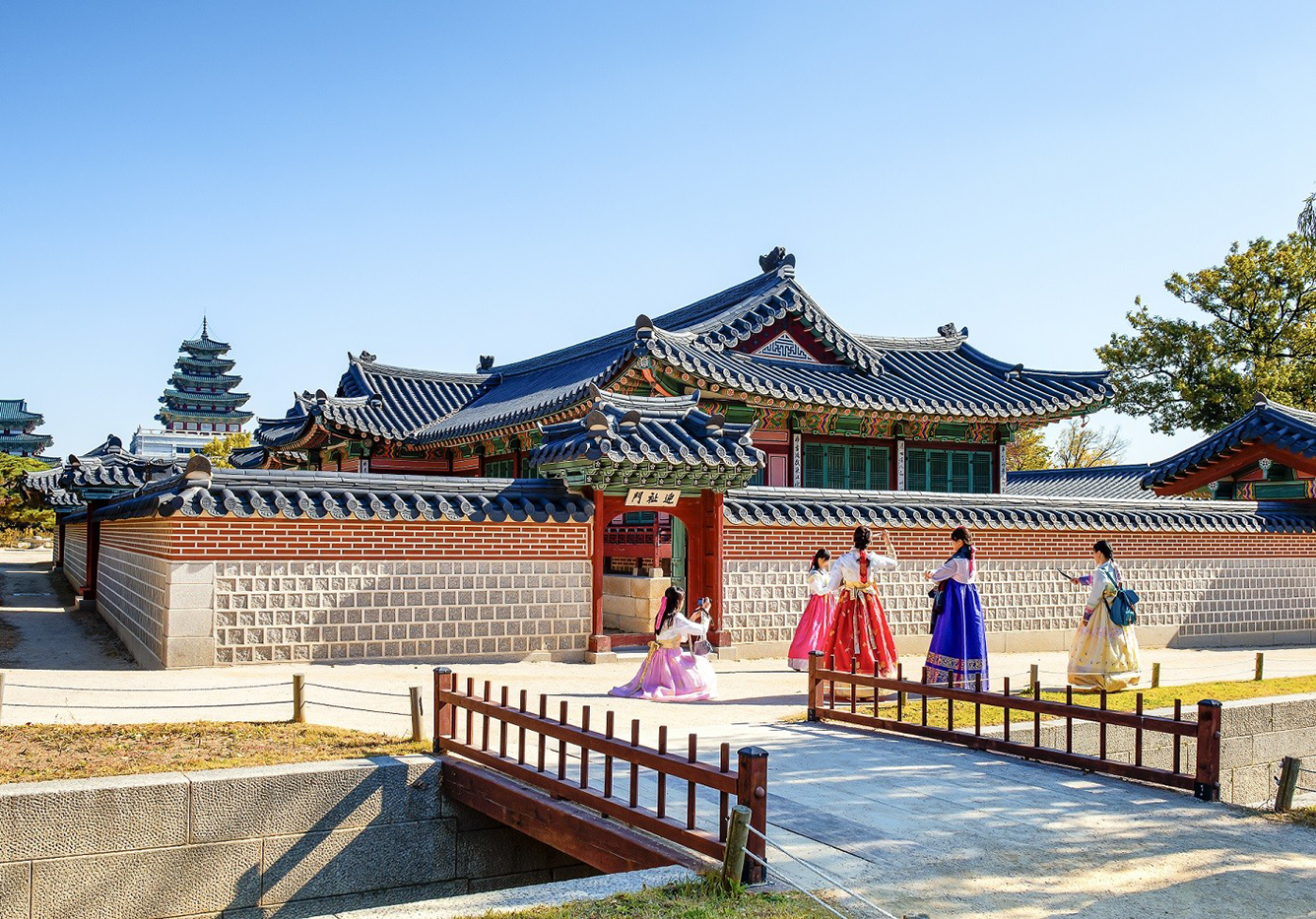
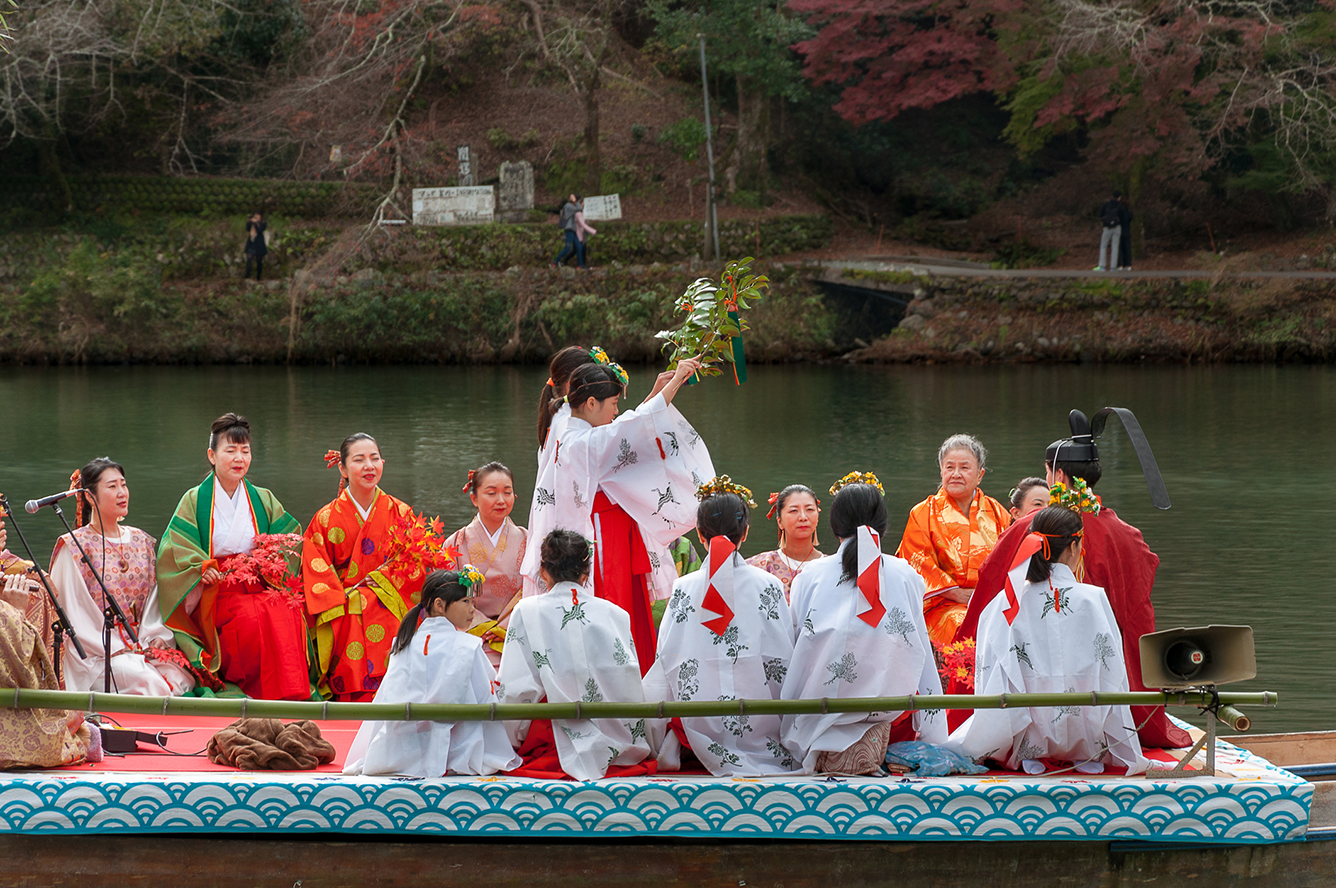
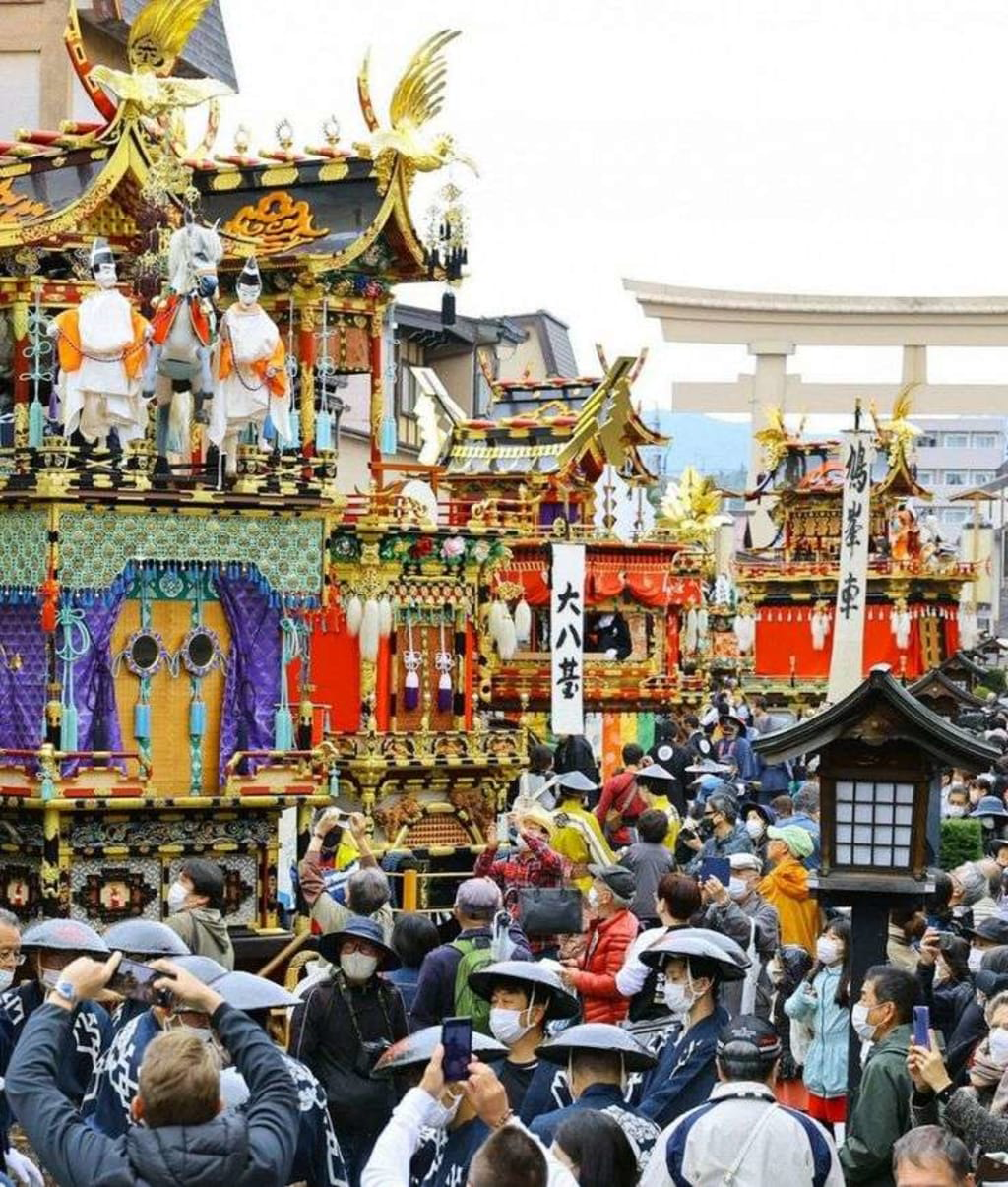
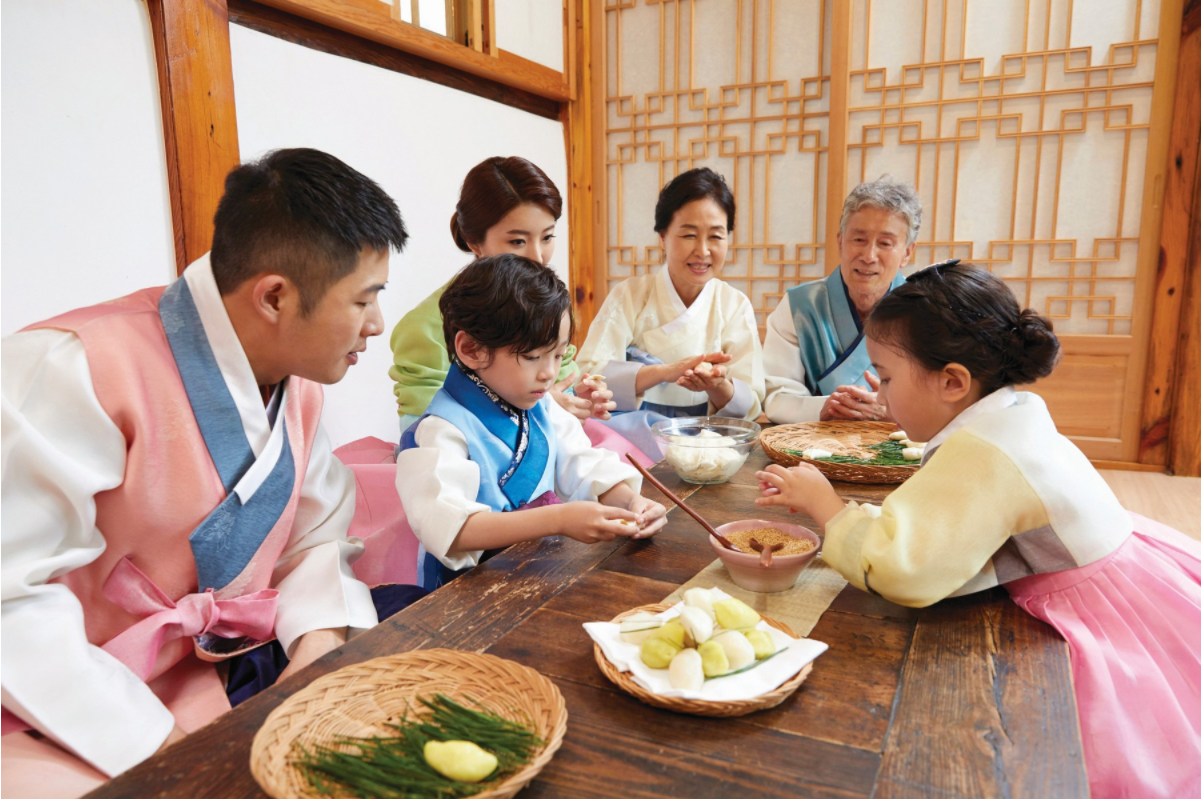
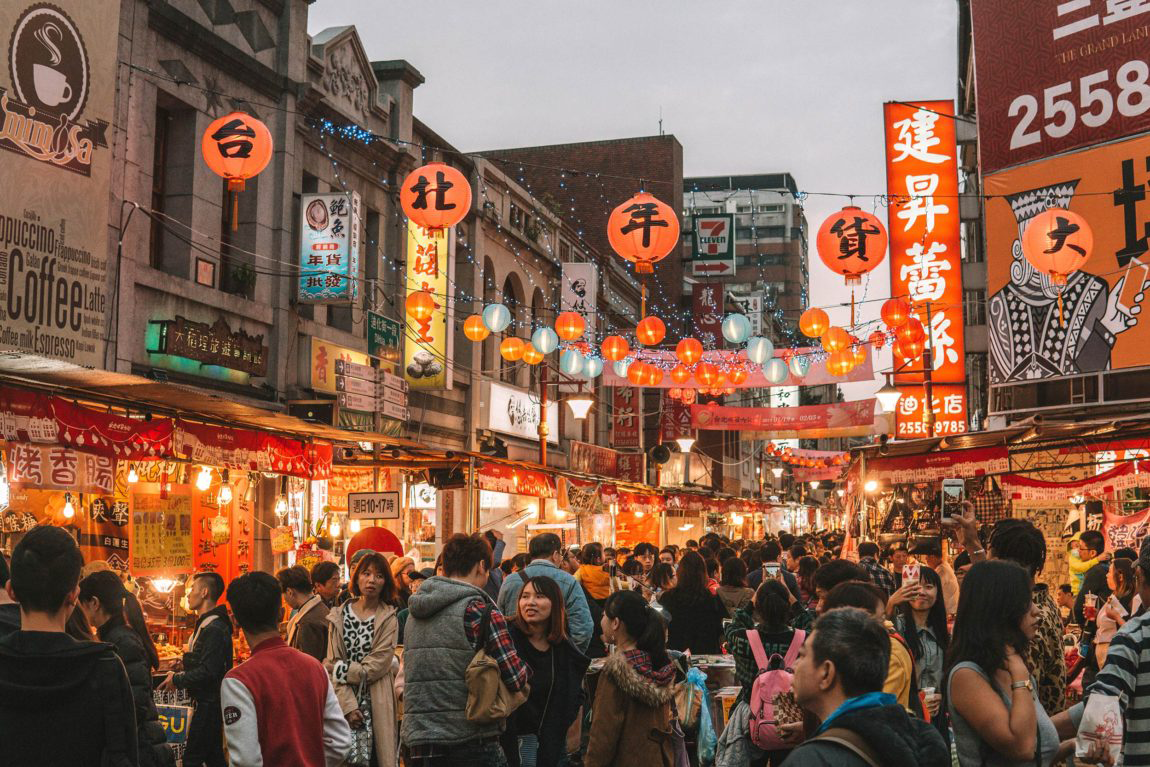

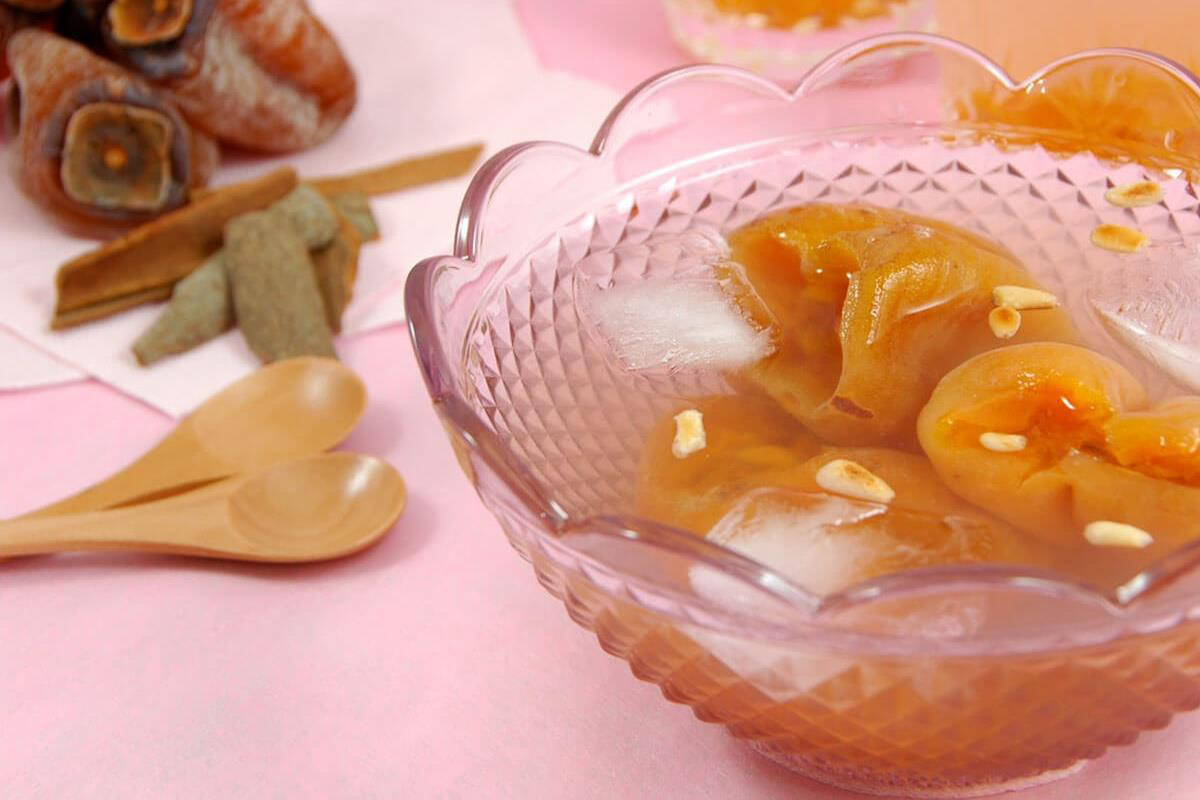
![[Photo] The 5th Patriotic Emulation Congress of the Central Inspection Commission](https://vphoto.vietnam.vn/thumb/1200x675/vietnam/resource/IMAGE/2025/10/27/1761566862838_ndo_br_1-1858-jpg.webp)
![[Photo] National Assembly Chairman Tran Thanh Man receives Chairman of the House of Representatives of Uzbekistan Nuriddin Ismoilov](https://vphoto.vietnam.vn/thumb/1200x675/vietnam/resource/IMAGE/2025/10/27/1761542647910_bnd-2610-jpg.webp)
![[Photo] Party Committees of Central Party agencies summarize the implementation of Resolution No. 18-NQ/TW and the direction of the Party Congress](https://vphoto.vietnam.vn/thumb/1200x675/vietnam/resource/IMAGE/2025/10/27/1761545645968_ndo_br_1-jpg.webp)
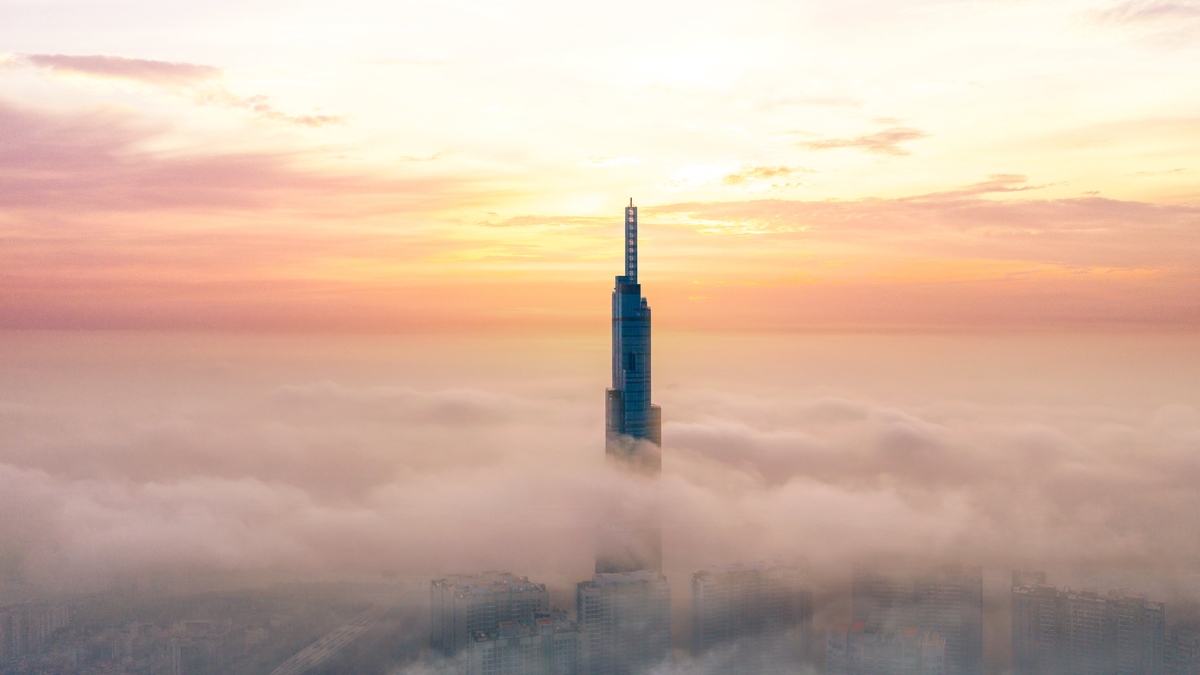
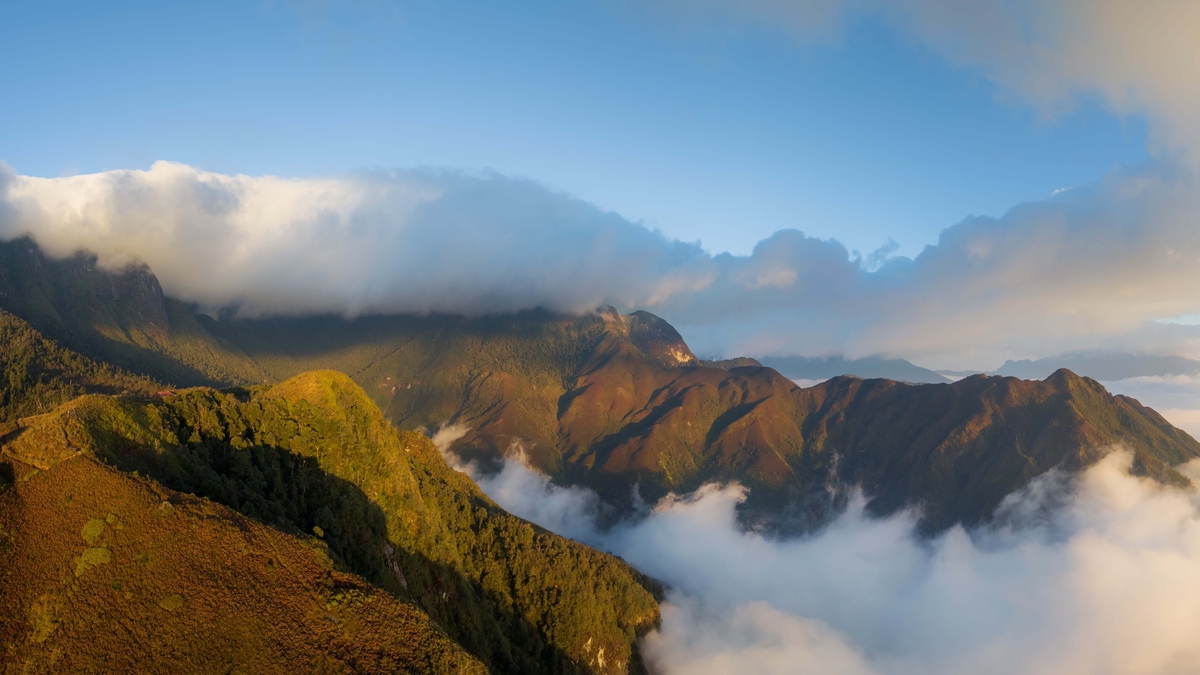
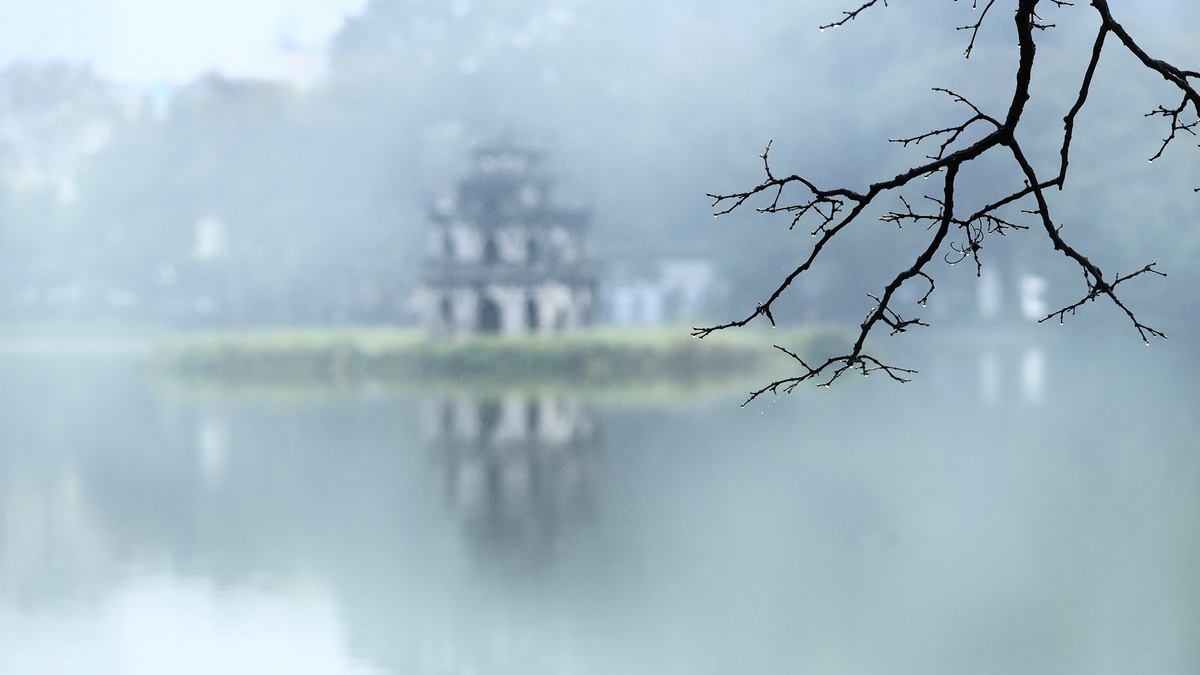
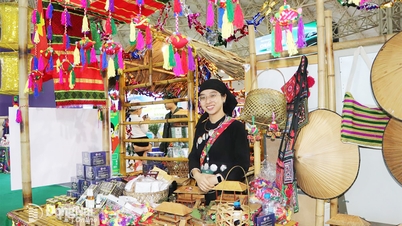



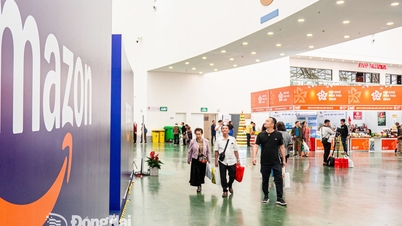
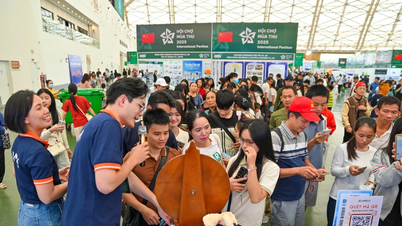

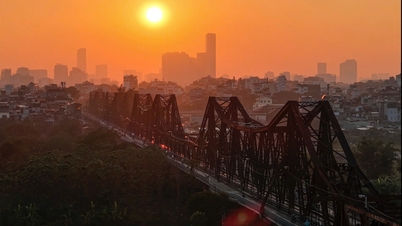

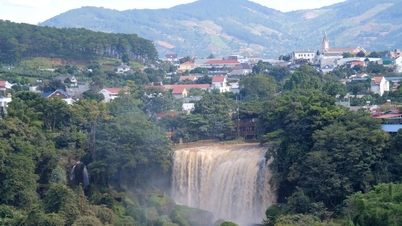

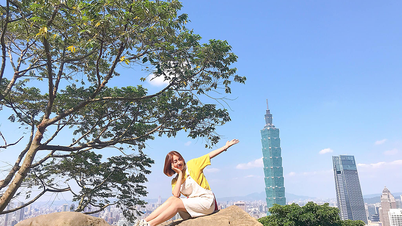
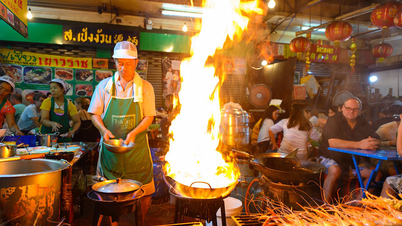

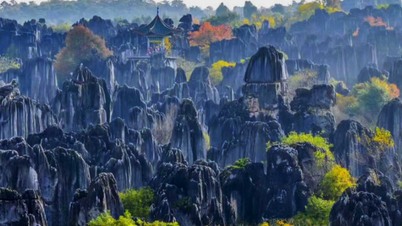
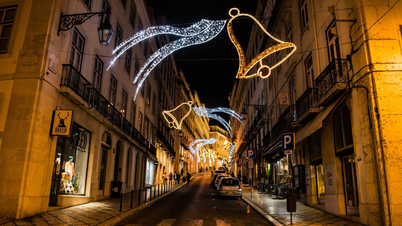
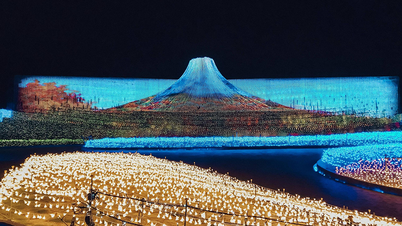




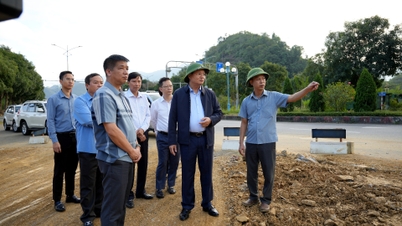


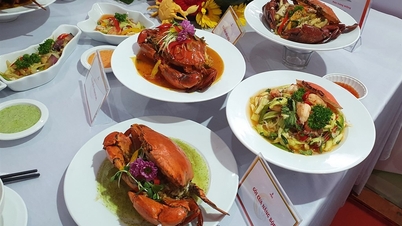
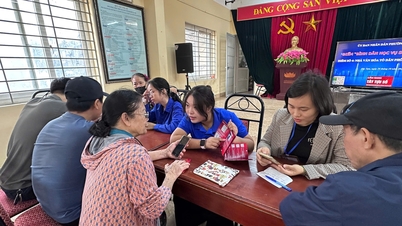

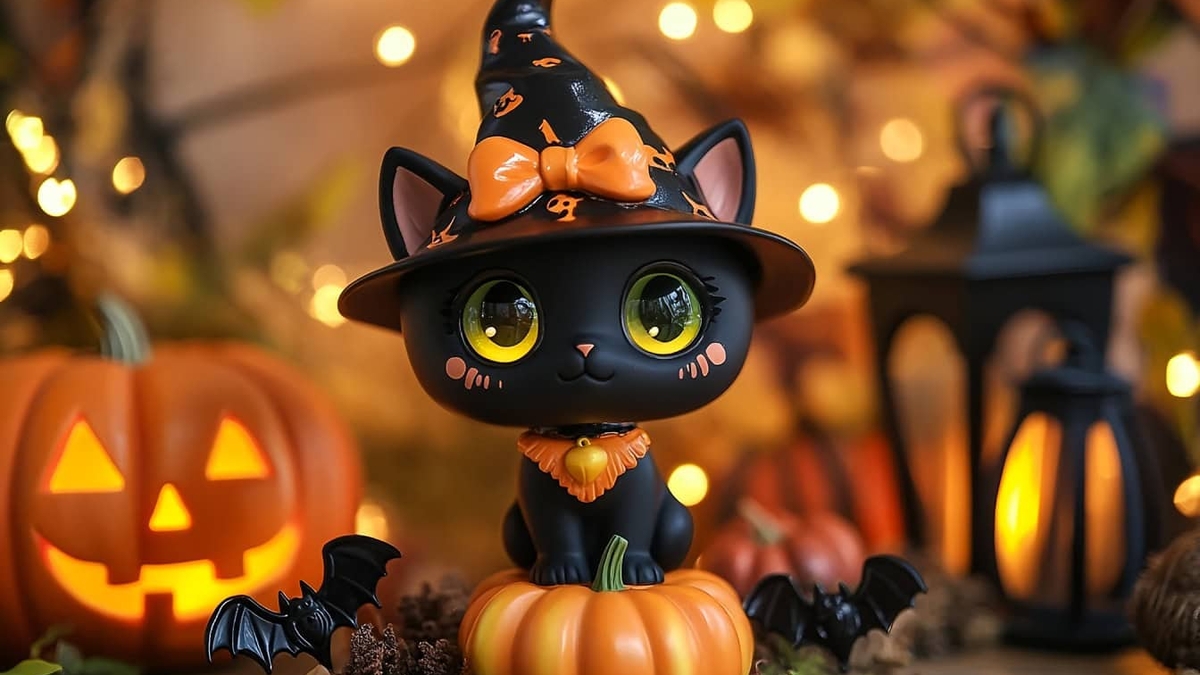
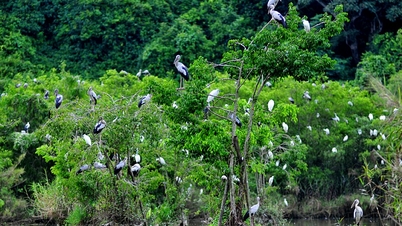

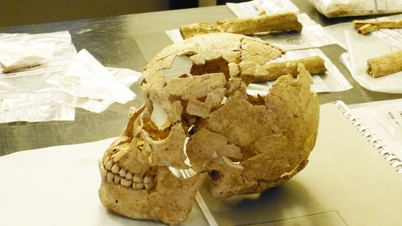





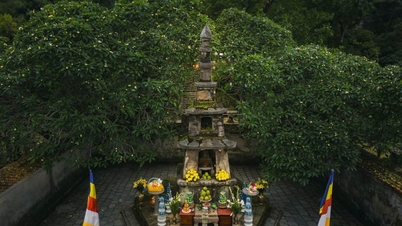


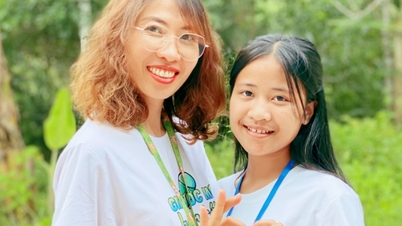
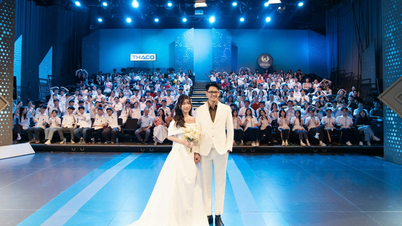

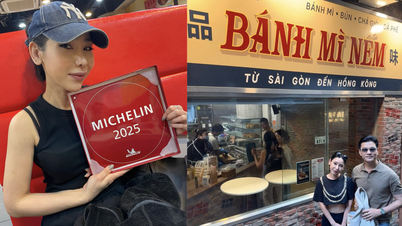

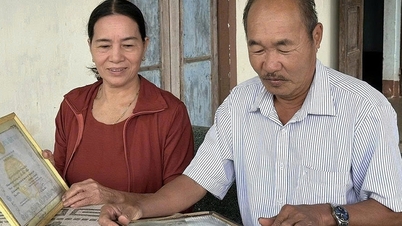
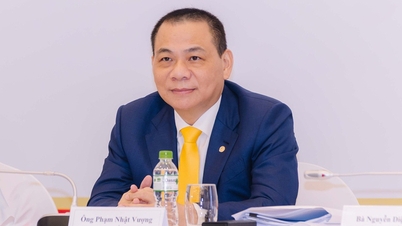

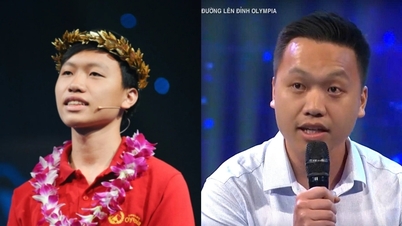


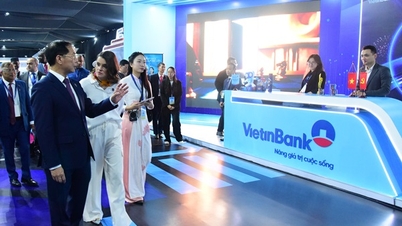
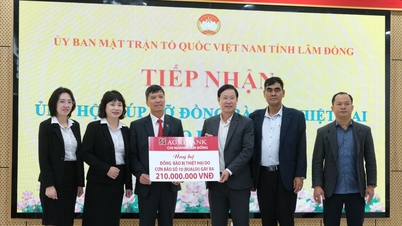


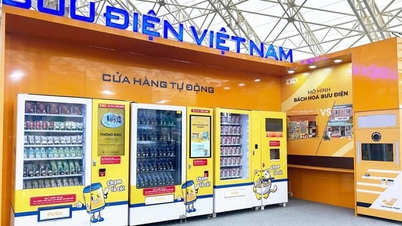

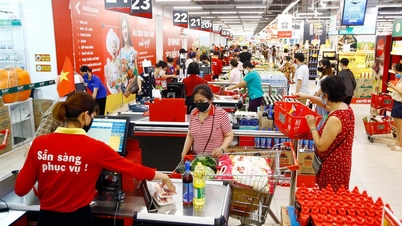
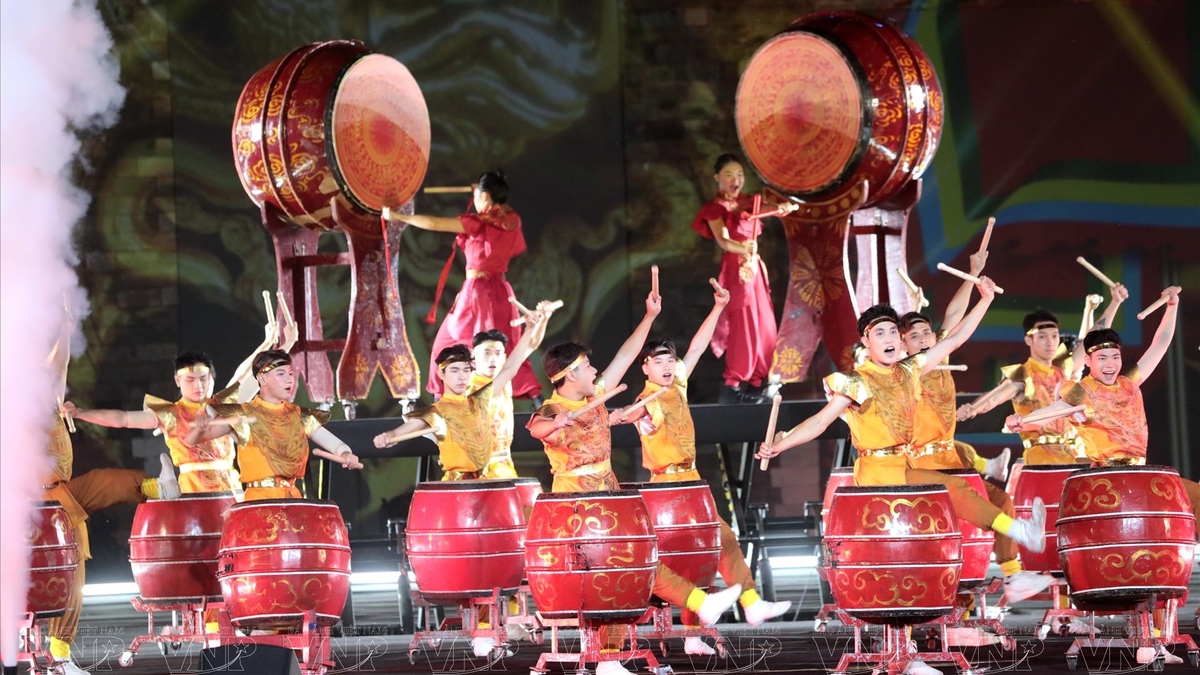
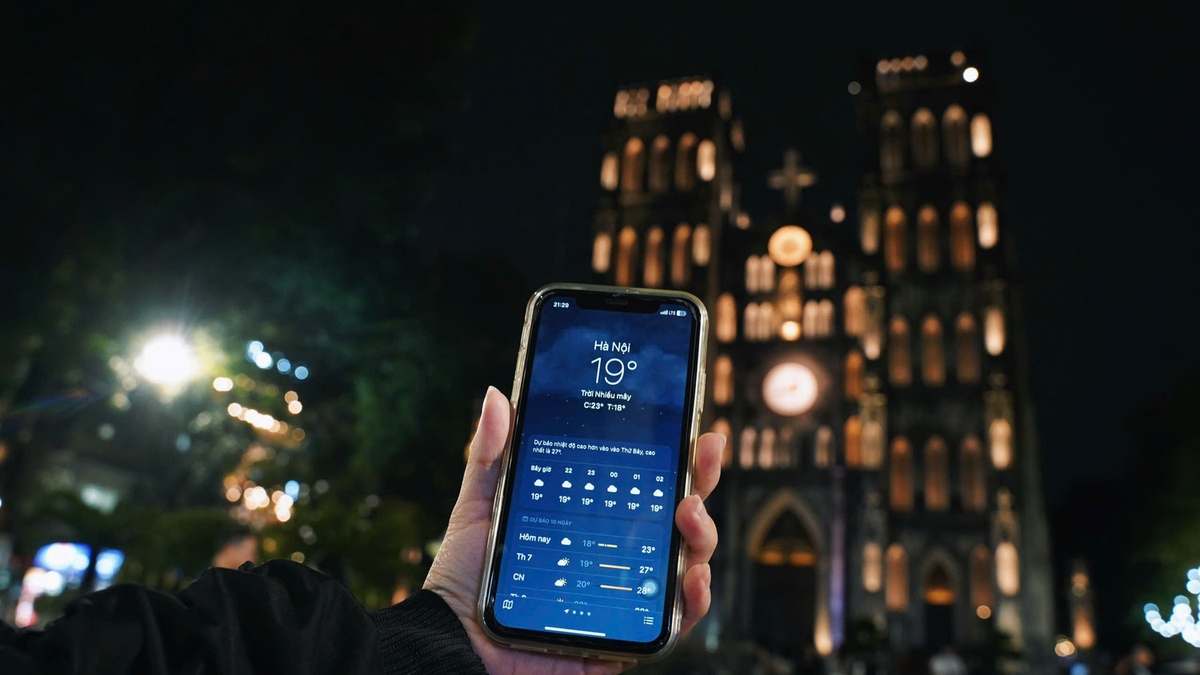
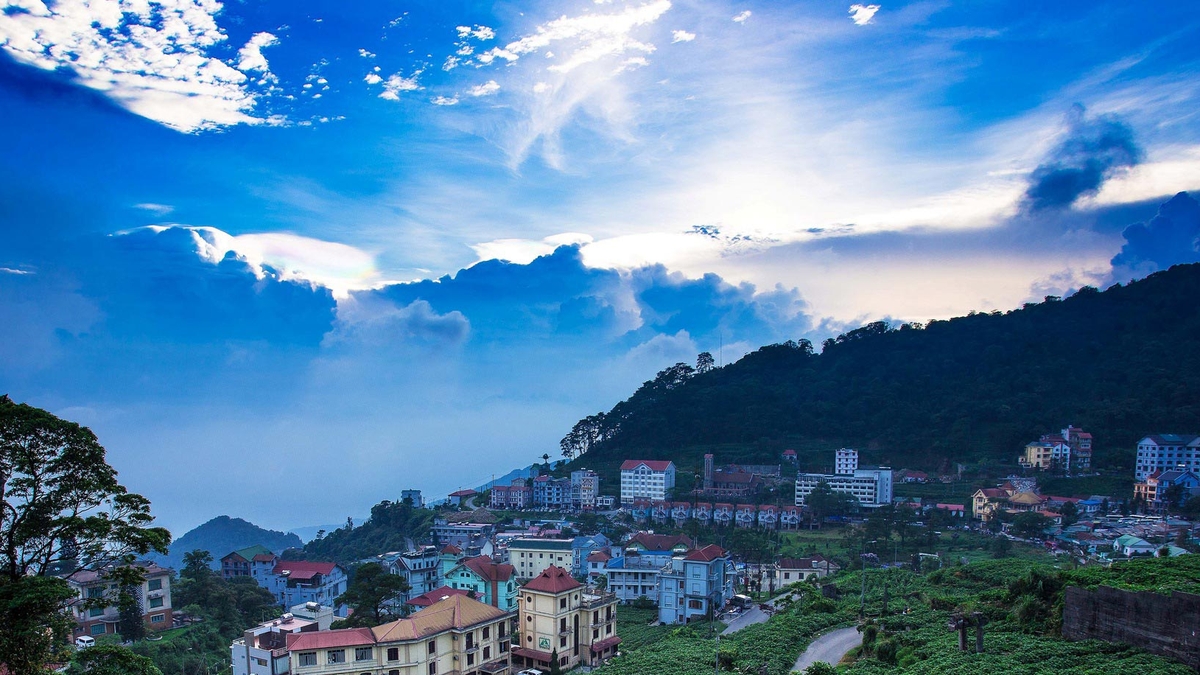
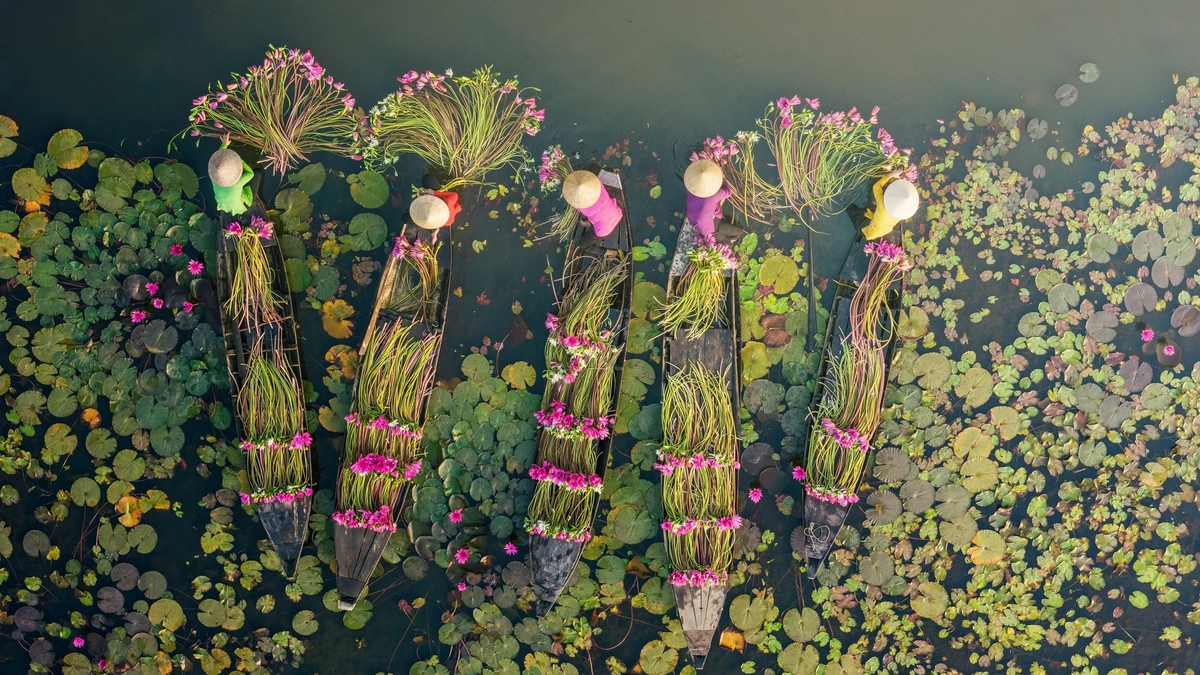
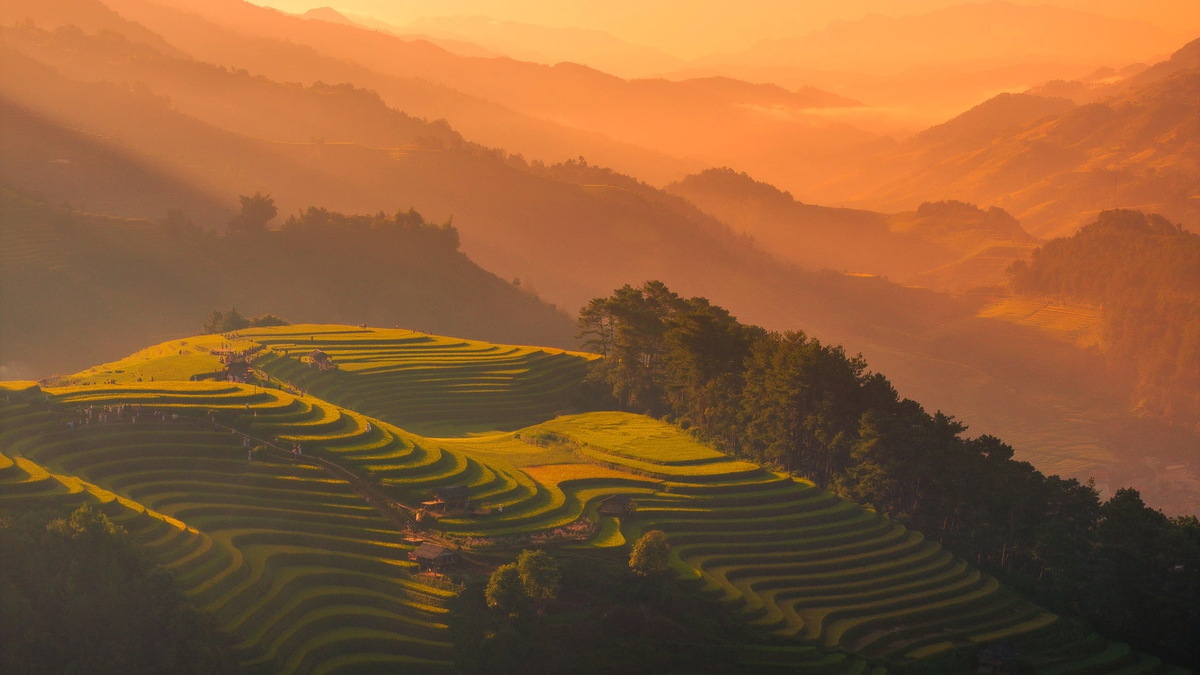
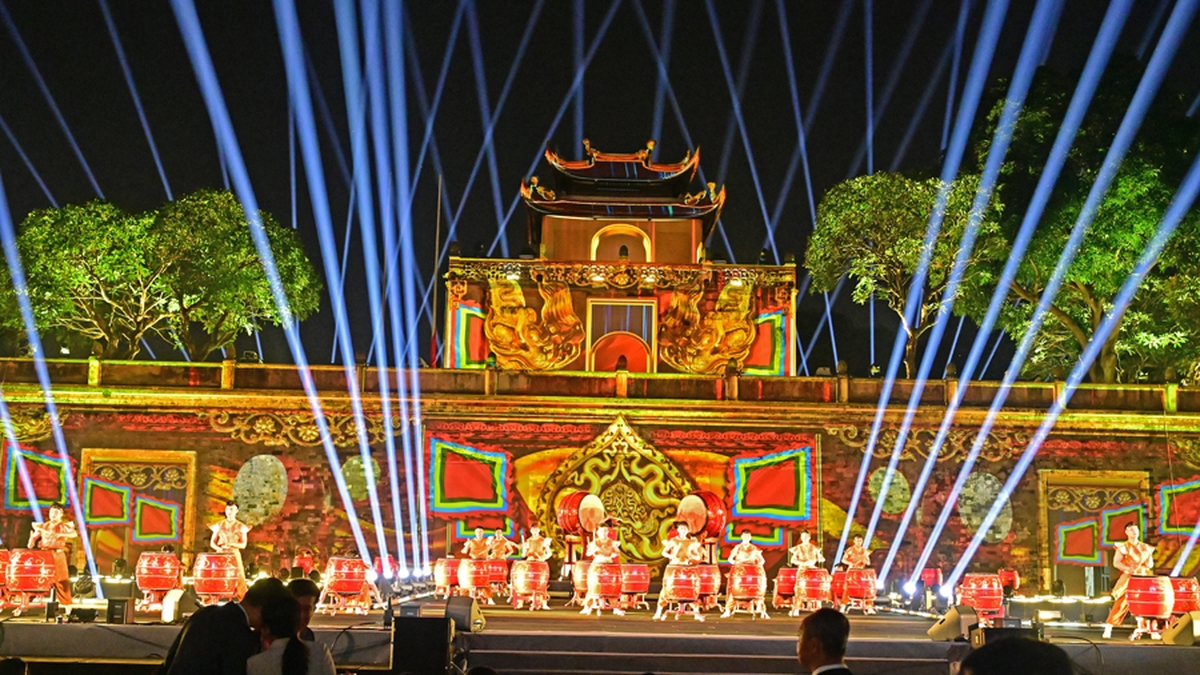
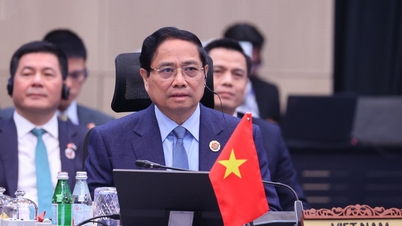

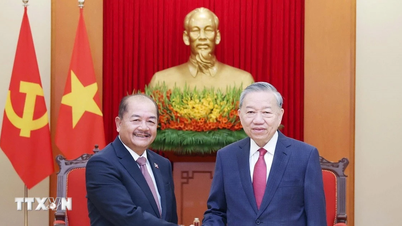
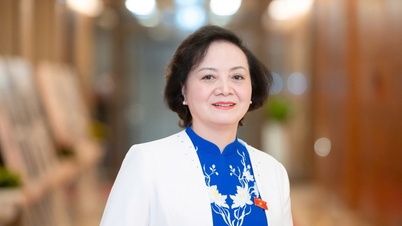


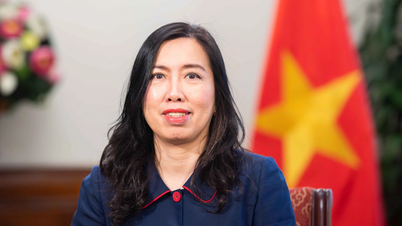
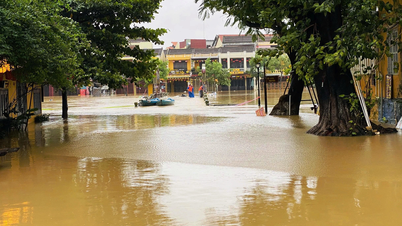


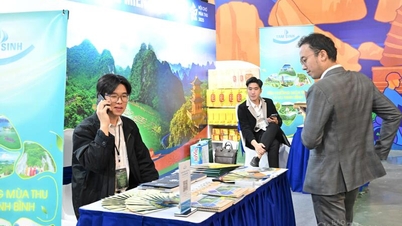
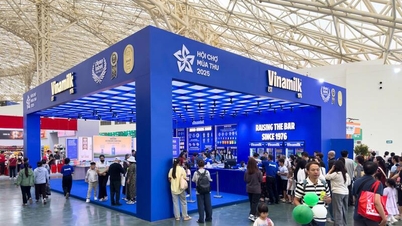
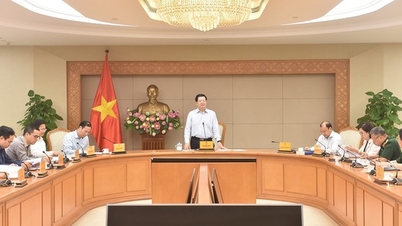



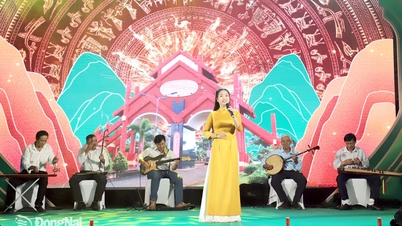
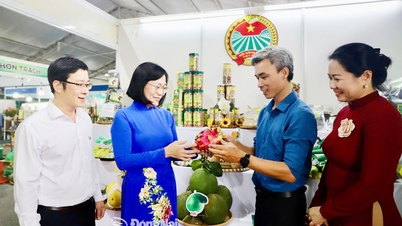
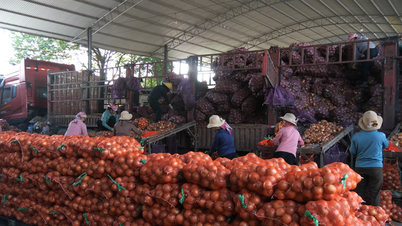

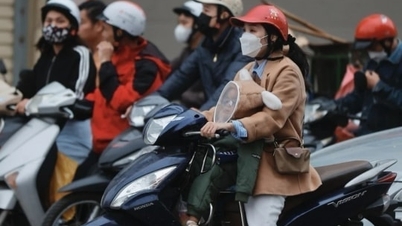

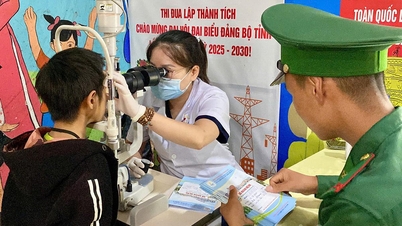

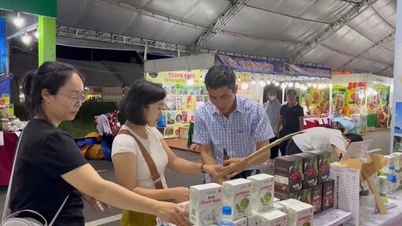

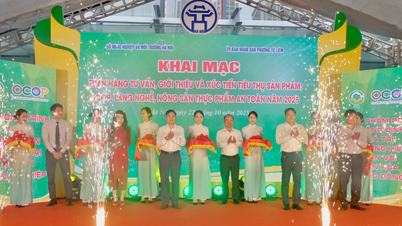
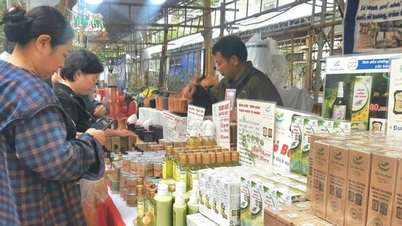

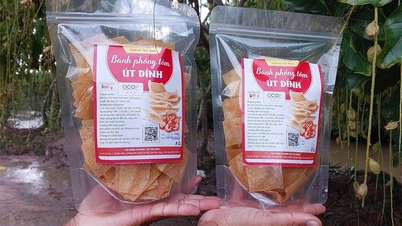

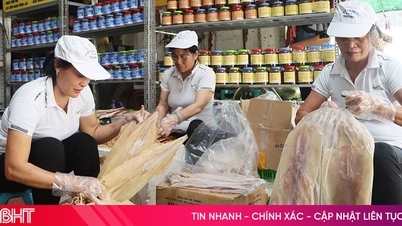




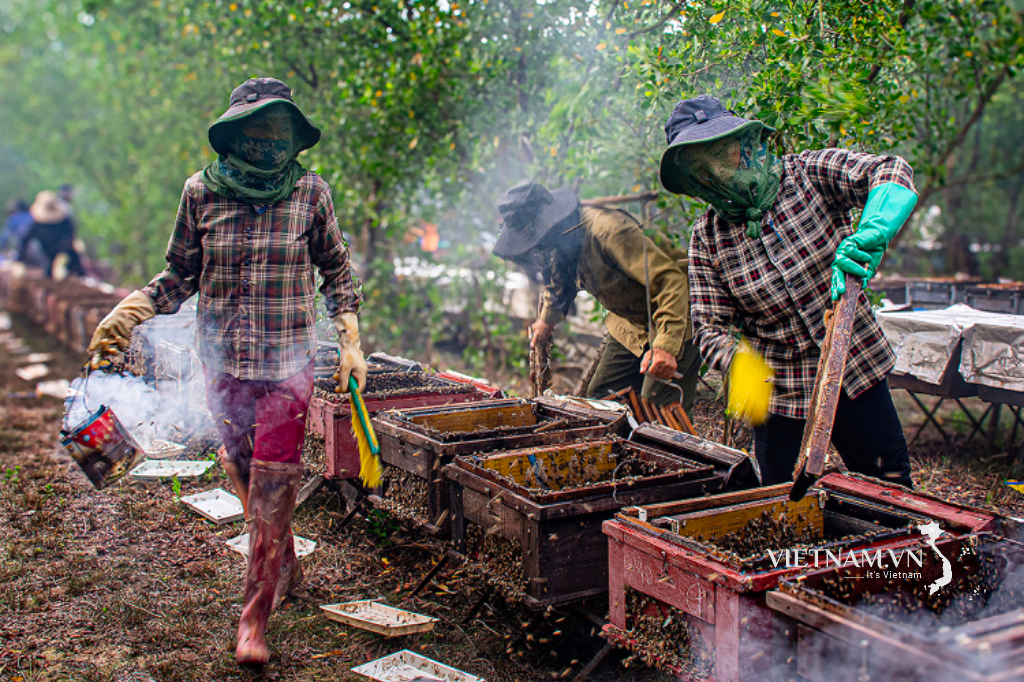
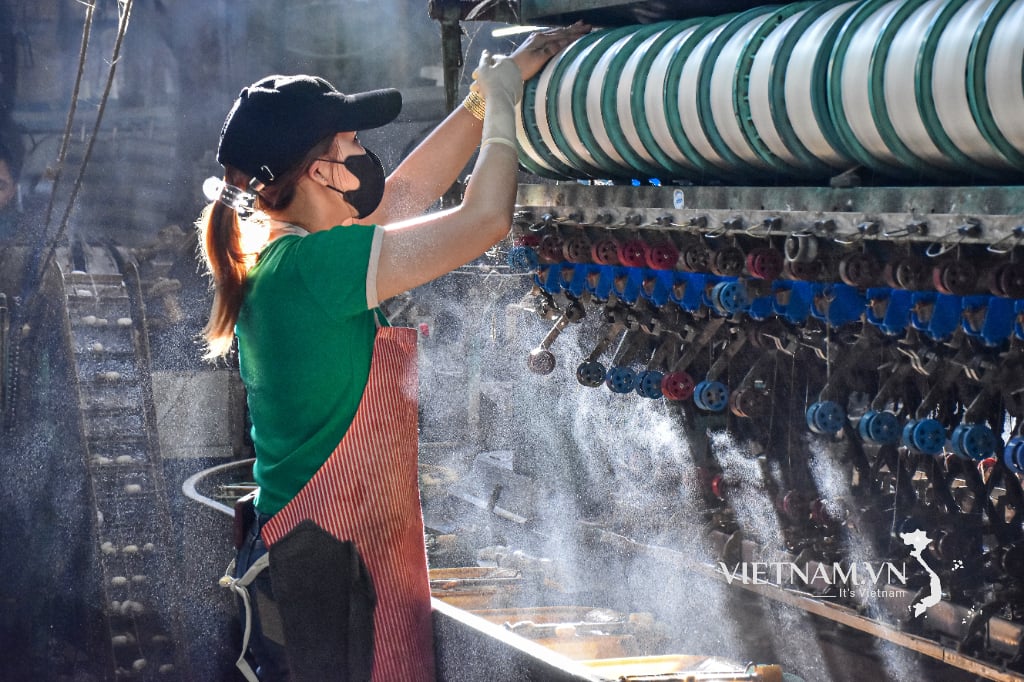


Comment (0)